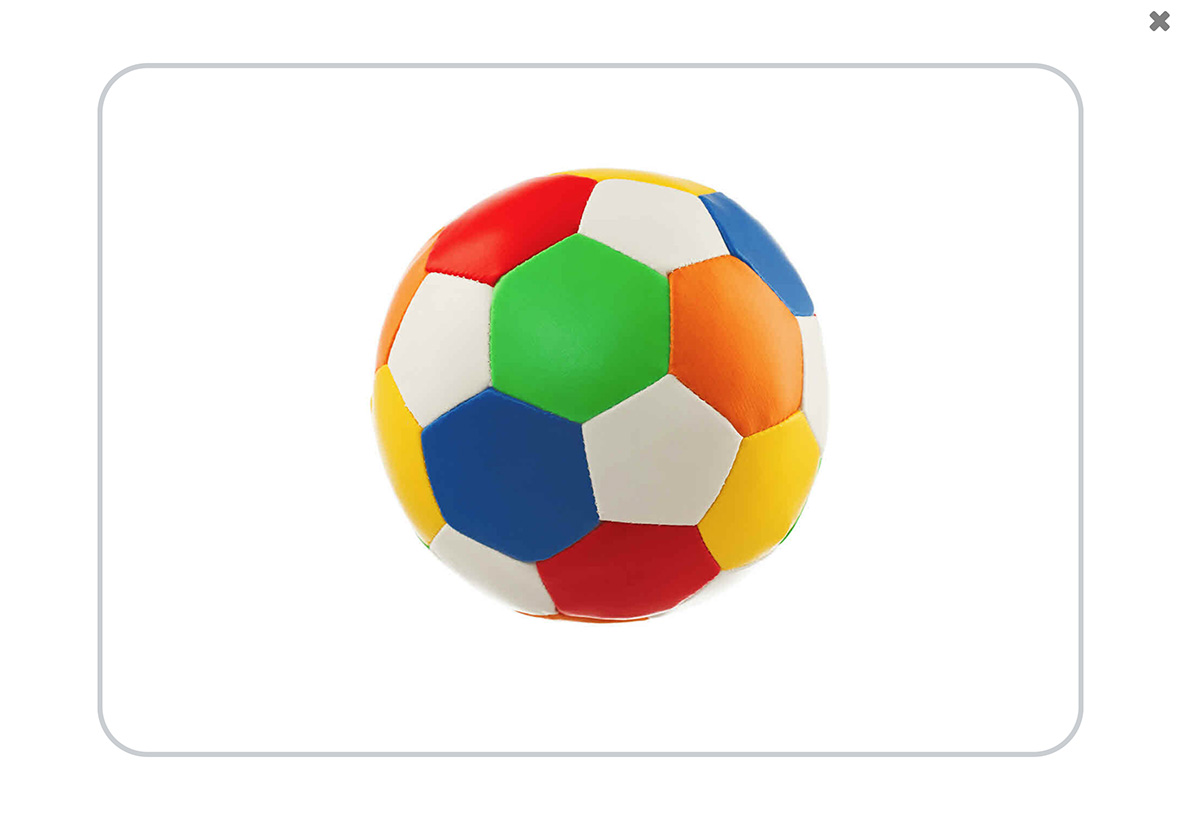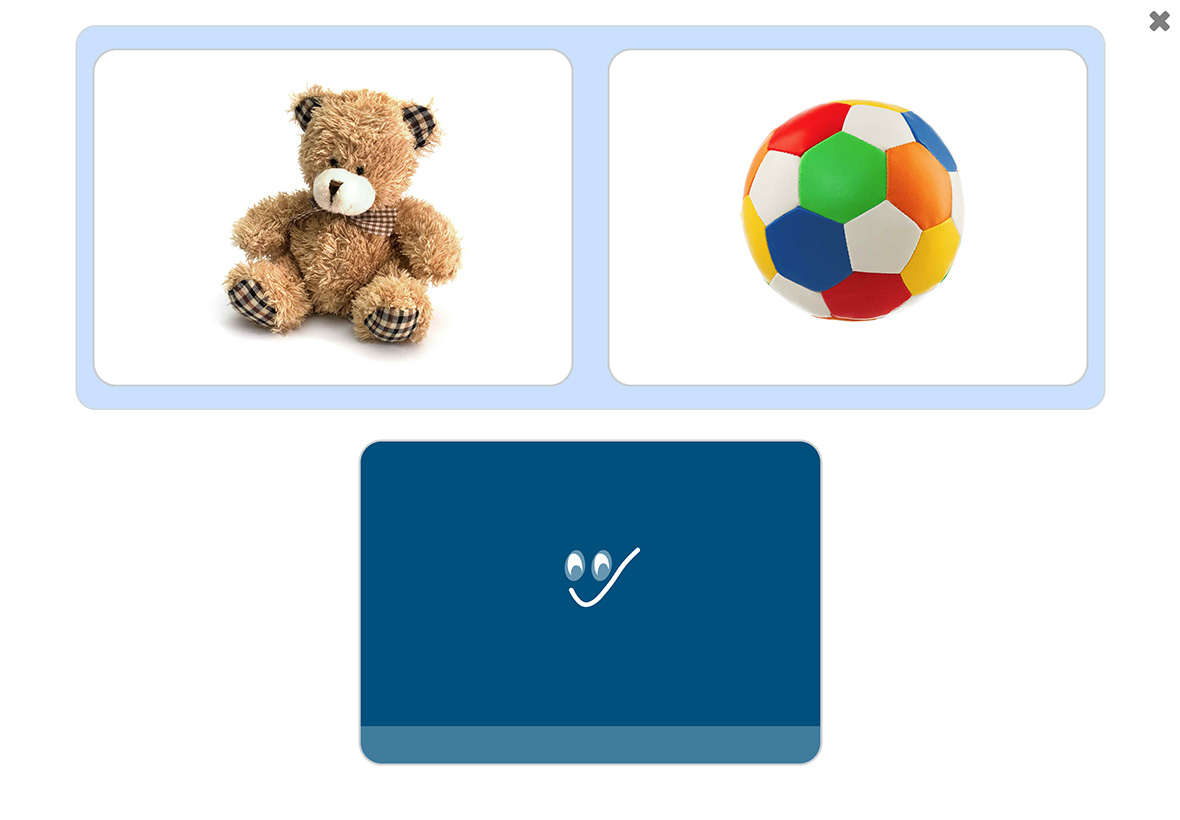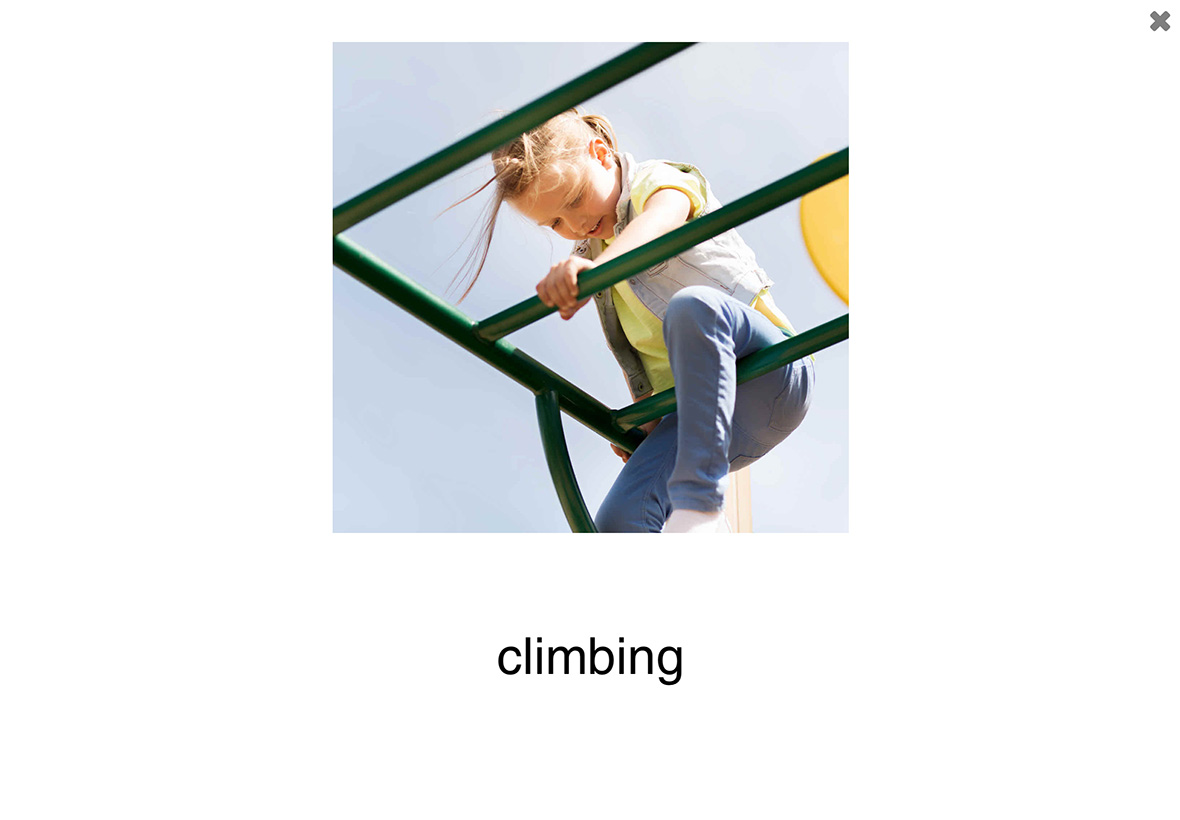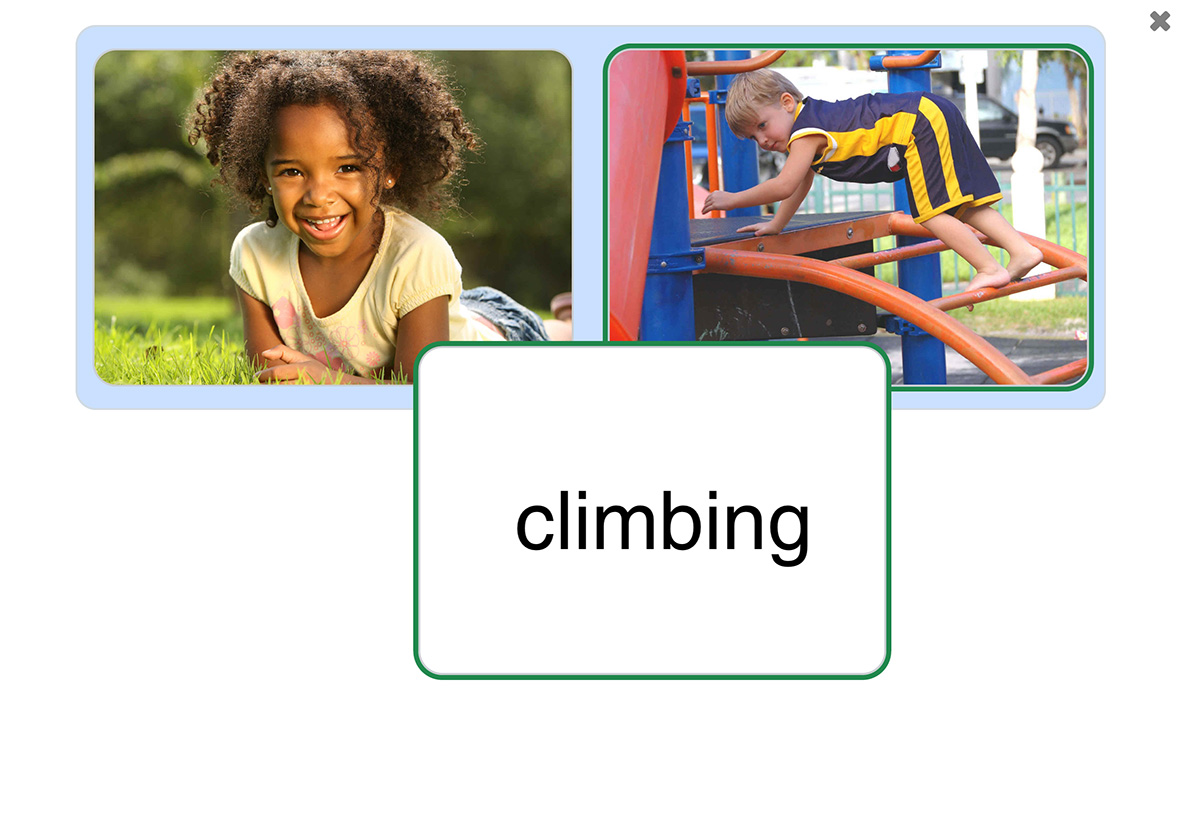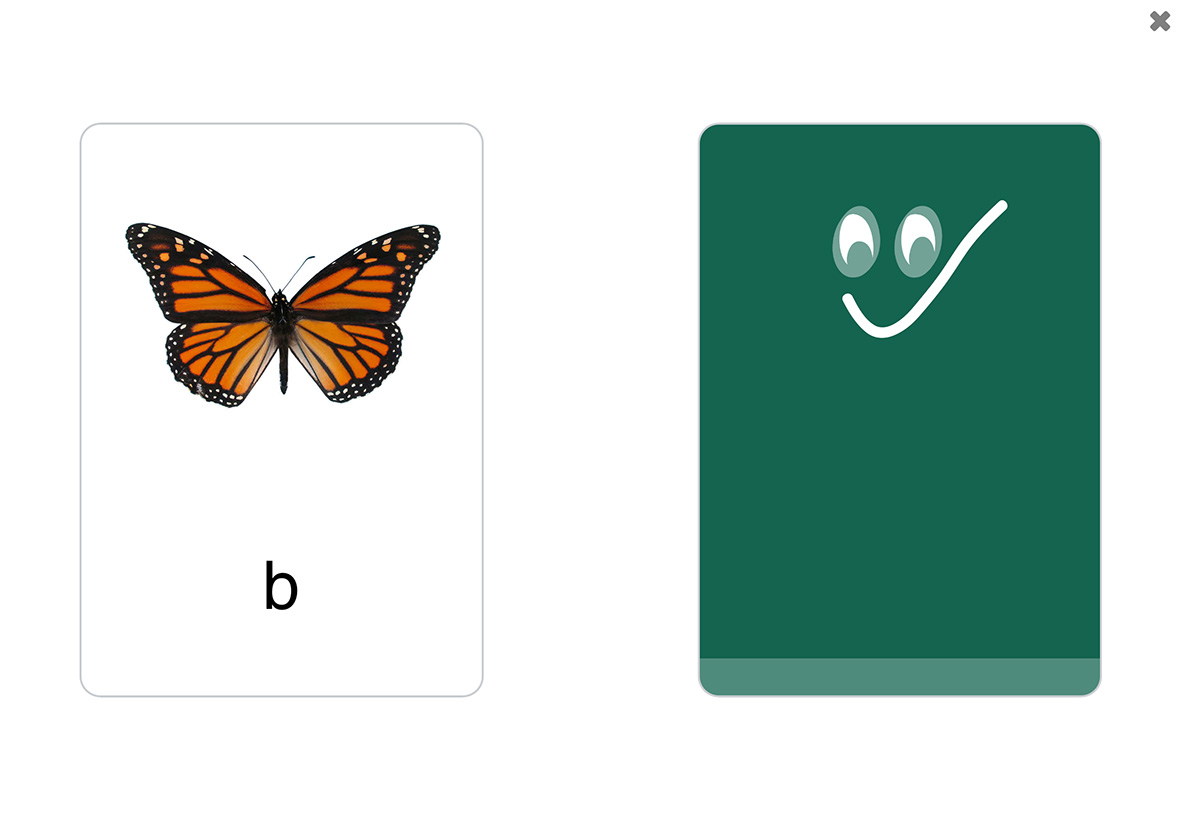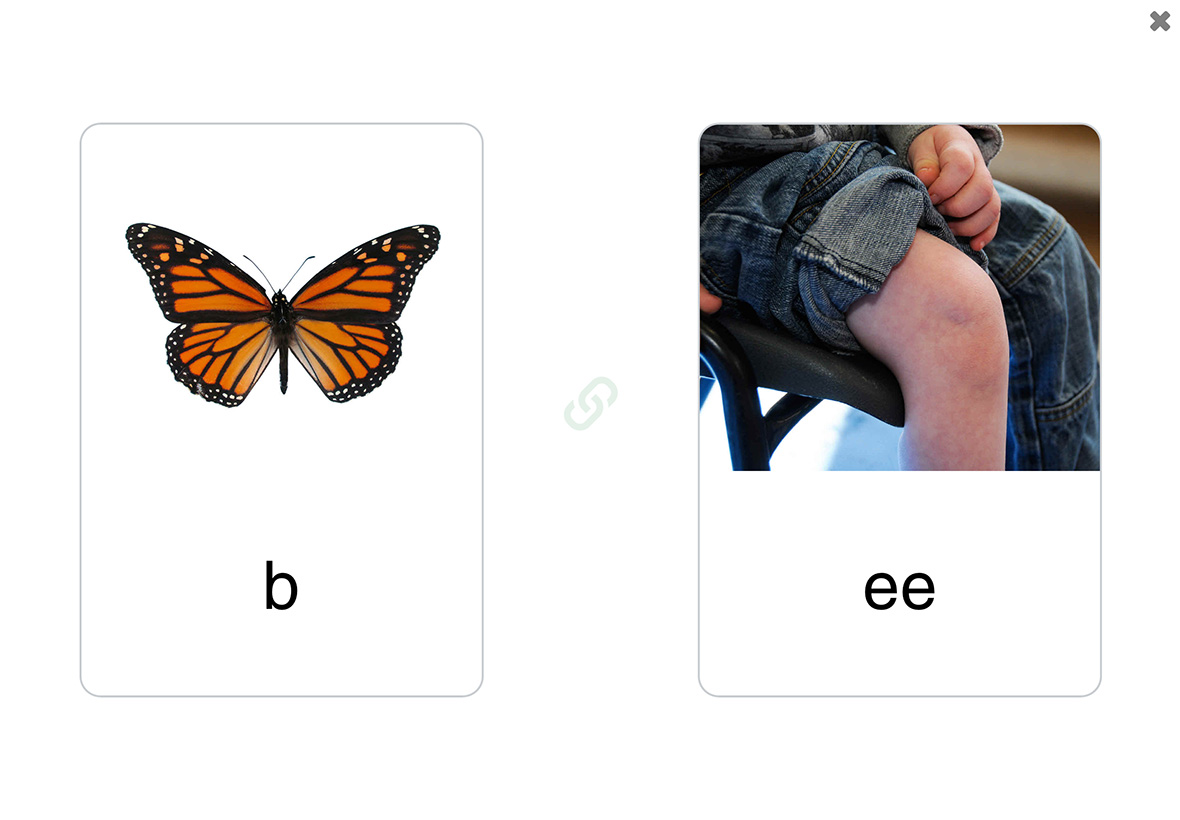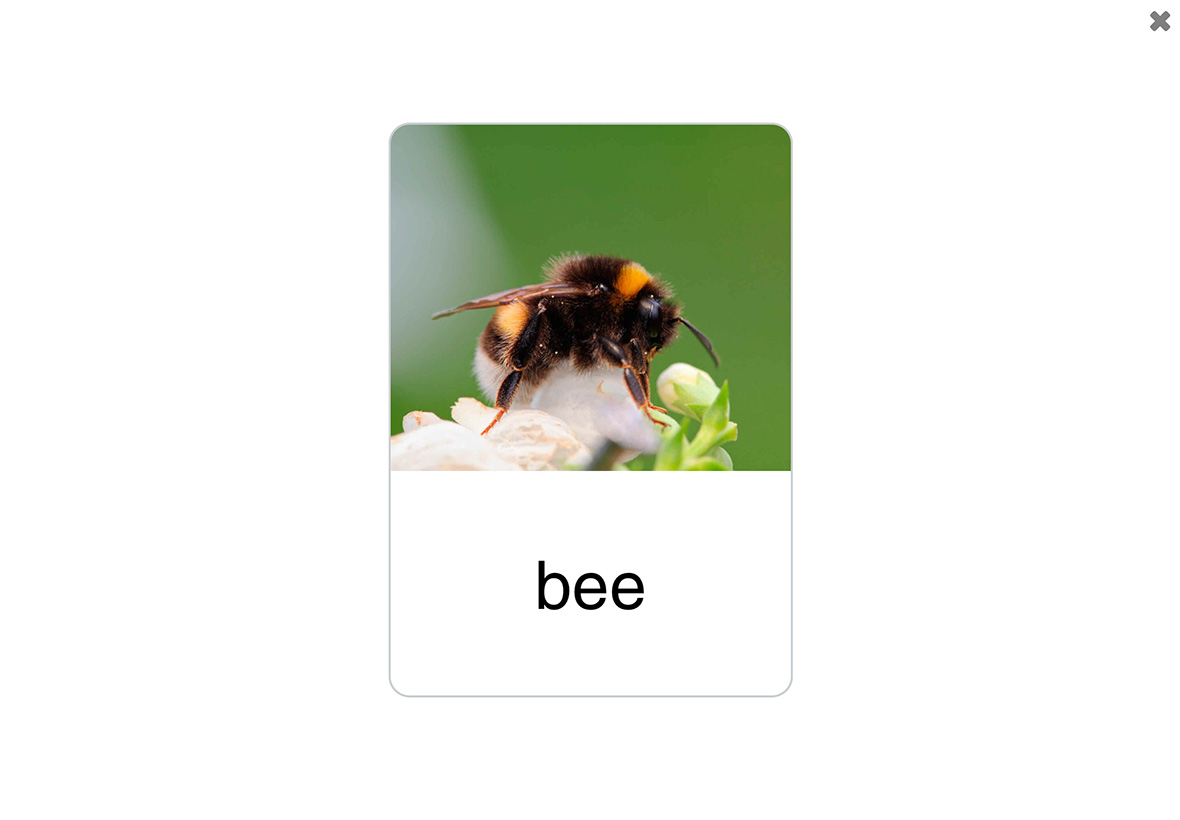
See and Learn offers carefully structured, evidence-based activities and guidance to help children to speak more clearly, to communicate more effectively and to learn to count.
See and Learn offers step-by-step instructions and practical resources designed to make it easy to help children with Down syndrome and other children with similar learning needs to learn early speech, language, reading and numeracy skills.
See and Learn can be used to help children learn foundational speech, language, reading and numeracy skills from birth through to the early school years.
See and Learn pathways
See and Learn includes three pathways - each focused on an area of development.
Speech
See and Learn Speech teaches children to hear and produce the sounds that make up spoken words, to put these sounds together and to say whole words more clearly.
See and Learn Speech focuses on supporting speech production and clarity from first attempts at speech sounds through to whole words.
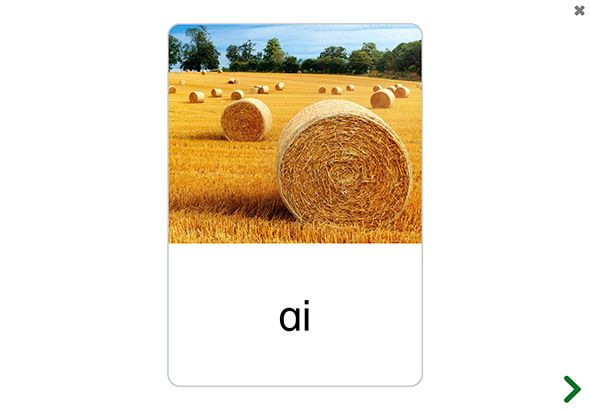
Language and Reading
See and Learn Language and Reading teaches children early vocabulary, sight words, simple phrases and sentences, and grammar rules to improve their ability to communicate.
See and Learn Language and Reading begins with teaching first spoken words and then progresses to teaching reading to support further language development.
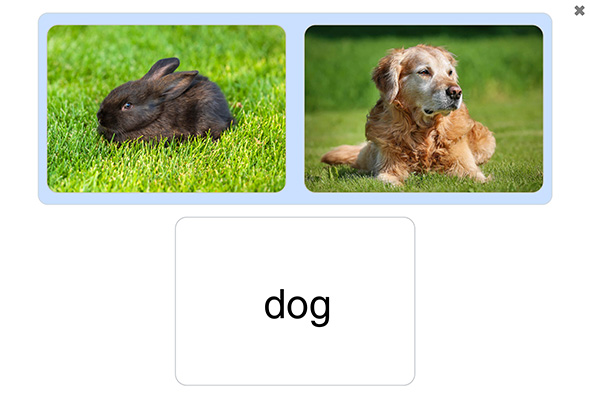
Numbers
See and Learn Numbers teaches children to count, to link numbers to quantity, and to understand important concepts about the number system.
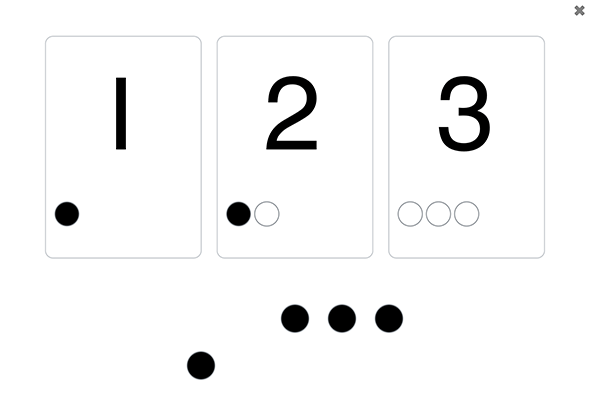
Evidence-based, tried and tested
The design of the See and Learn programmes is informed by over 40 years of research and practical experience supporting families and educators.
See and Learn teaching activities include specific adaptations to support learning for children with Down syndrome and children with similar learning needs.
These include adaptations for auditory processing difficulties, verbal short term memory deficits, hearing loss, and relative difficulties with expressive language compared to receptive language skills.

